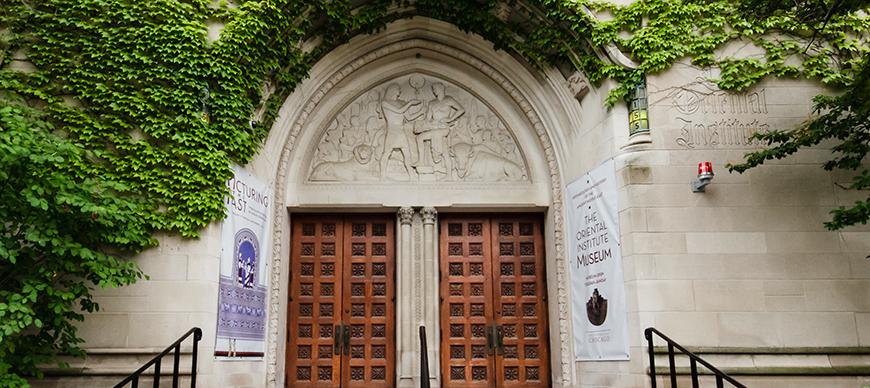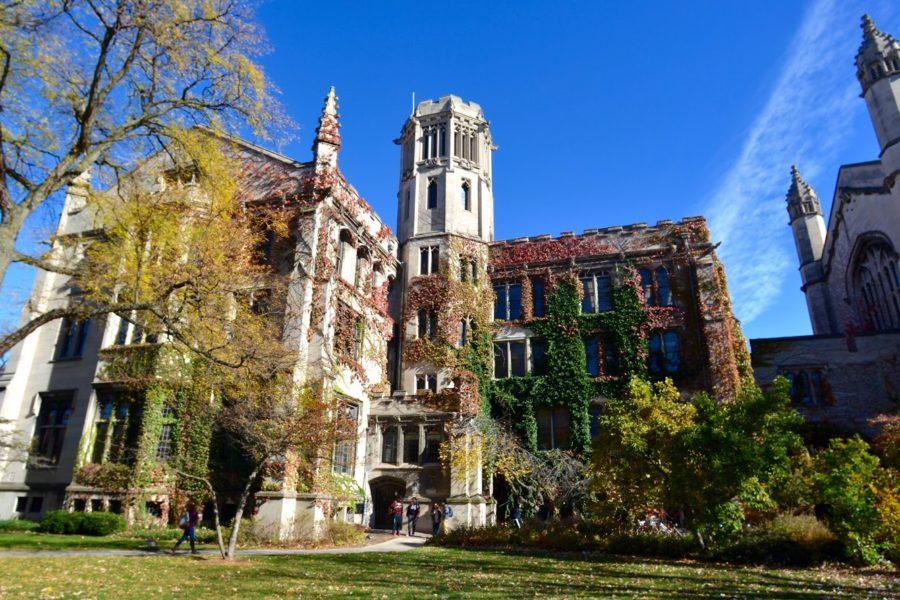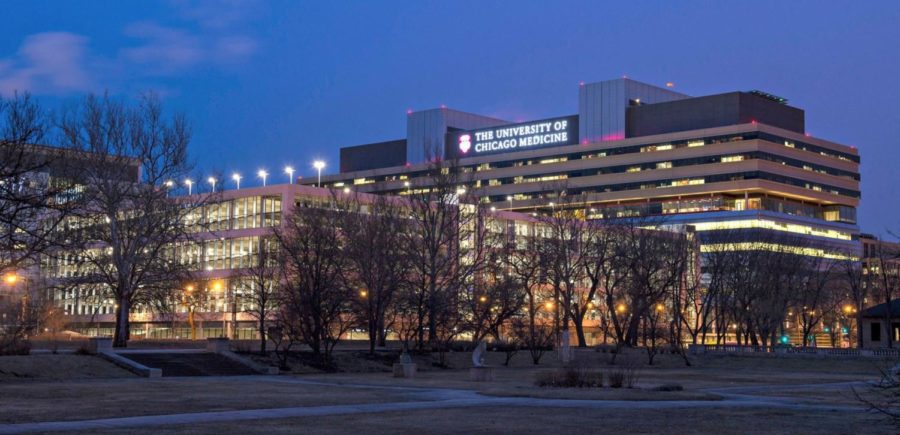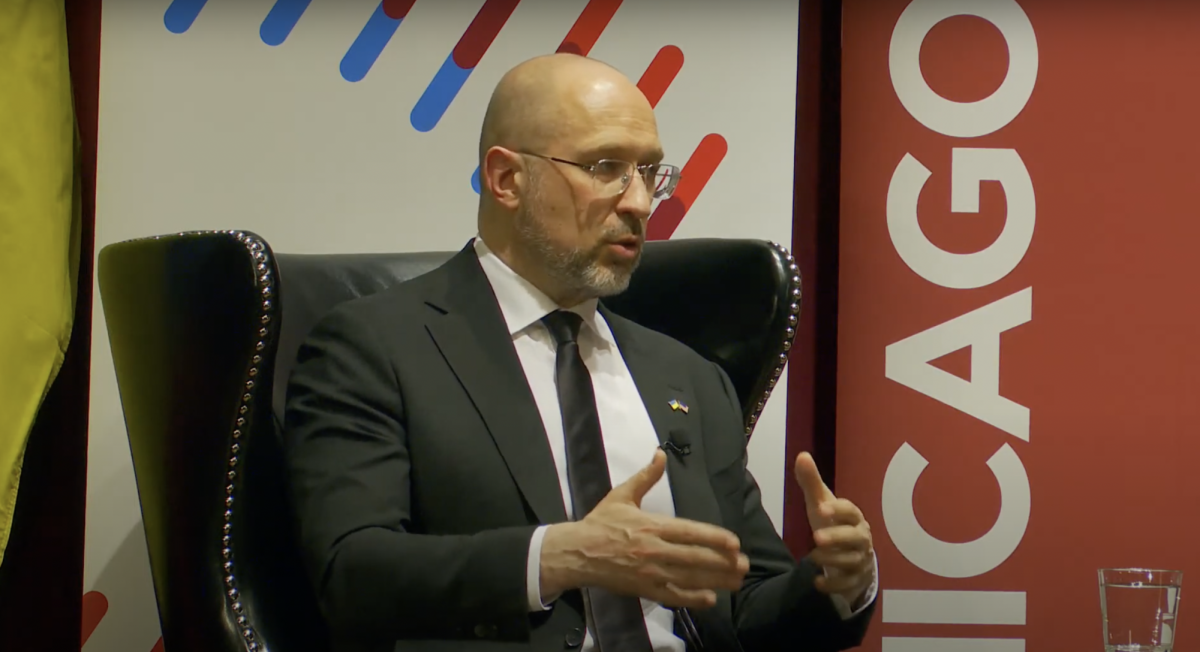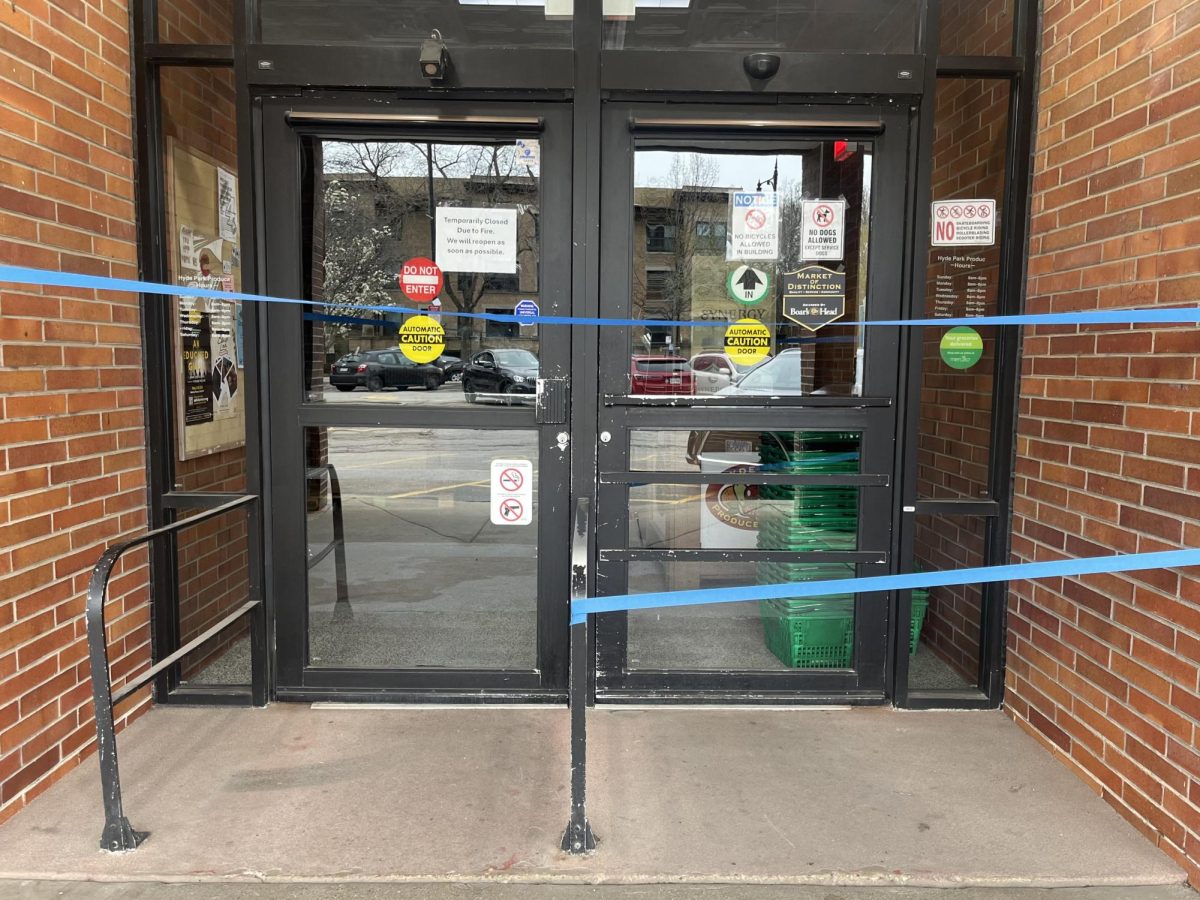The US Supreme Court heard a case Tuesday asking whether victims of terror are able to seize Iranian artifacts from the University’s Oriental Institute as compensation.
The case, Jenny Rubin v. The Islamic Republic of Iran, began with a 1997 suicide bombing in a Jerusalem mall and has been winding its way through the courts since 2003, with the plaintiffs accusing Iran of orchestrating the attack through the terrorist group Hamas. The Supreme Court agreed to hear the case in June 2017.
The plaintiffs, who were victims of the 1997 bombing, have argued since 2003 that because Iran refused to pay in a lawsuit filed against them for the bombing, they should be able to take Iranian archeological artifacts from the Oriental Institute and other museums as compensation instead.
David Strauss, a Law School professor and the University’s attorney in the case, argued that the principle up for debate is whether or not non-commercial foreign assets are eligible for seizure in a settlement. Strauss referenced a case in which the International Court of Justice prohibited the seizure of a non-commercial cultural center to settle with victims of Nazi war crimes as an example of this distinction.
“The principle at stake here is the principle that commercial property may sometimes be subject to seizure, but non-commercial property is not…[and] that distinction between commercial and non-commercial property is stated explicitly,” Strauss said.
The University maintains, as it did in 2011 and 2014, that the plaintiff’s justification for requesting museum artifacts as compensation is that of “veil-piercing,” or treating a corporate entity’s shareholders as individually liable for the larger entity’s actions. Asher Perlin, the attorney for the plaintiffs, argued that veil-piercing was unnecessary.
Supreme Court Justice Sonia Sotomayor pointed out during oral arguments that this case was not typical of other veil-piercing cases, in which corporate entities had held commercial property that was kept unavailable to plaintiffs, necessitating the veil-piercing justification.
Justice Ruth Bader Ginsburg also noted that the University has held the artifacts since 1939, and that although the artifacts are technically on loan, the University essentially owns them.
Perlin asserted that regardless of when the University obtained the artifacts, it actually should have no legal interest in them because they are still on long-term loan from Iran, barring a sale that would bring them under the University’s legal jurisdiction. Since the University isn’t the legal owner of the artifacts, Perlin deemed it an amicus, or an entity with only a strong interest in the outcome of the case.
“[Unless they own the artifacts] University of Chicago is really an amicus here. They…have no interest in these assets,” Perlin said.
Along with artifacts in the Oriental Institute, the plaintiffs are also targeting Persian artifacts in the Field Museum of Natural History, which consist of pottery and tablets with cuneiform writing.




